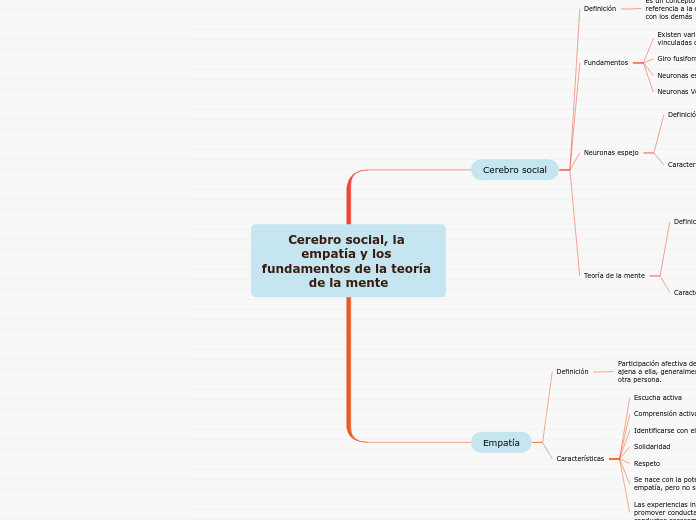作者:Tania Mejia 5 年以前
752
Cerebro social, la empatía y los fundamentos de la teoría de la mente

作者:Tania Mejia 5 年以前
752

更多类似内容

To name your story, you have to think about the overall message and what you want your audience to understand from the story. Also, make it relevant and easy to remember.
The middle of the story is where you add layers of complications that will lead to the end. Reveal more about the character's journey. Did their personality go through changes? How did they overcome the challenges? And as you build up the story’s central conflict, make it more personal to that character. Also, from the middle act, you have to lead into the final act.
There wouldn't be any tension and excitement in your story if there weren't any obstacles in your character's way.
Each story has a main character and that character usually needs to solve a problem or challenge. The character's challenge is the one that creates tension throughout the story.
In most stories, there are 3 challenges. The number 3 is a mystical number symbolizing completeness. Try to come up with interesting challenges with which your character needs to struggle.
See a few examples below:
In the beginning of the story (or the exposition), you will need to introduce the setting and characters. You might also want to introduce the main conflict. This part of the story is important because it gives the reader necessary background information and maybe even a first insight into a character’s personality.
Esta capacidad no se ejerce de forma deliberada, sino intuitivamente.
Permite prever cómo será el comportamiento propio y el de los demás, ante determinados eventos.
Esta percepción propia y ajena incluye emociones, sentimientos, creencias, etc
Permite reflexionar sobre el estado mental propio y el de los demás, principalmente a través de signos corporales.
Esta es la capacidad para atribuir intenciones o pensamientos a otras personas o incluso a otras entidades en algunas ocasiones
Hacen que se produzca el llamado “efecto de contagio”
Lleva a que las emociones y sentimientos de los demás se transmitan de una persona a otra, a través de un mecanismo casi automático.
Lóbulo parietal
Aporta la imagen corporal y la información de los sentidos
se encuentran principalmente en el lóbulo frontal
Asociada al movimiento y a la sensibilidad del tacto
Se activan cuando se observan acciones o expresiones emocionales en otras personas
Nos orienta en los conflictos
Hacen posible la imitación
Permite almacenar en la memoria los rostros